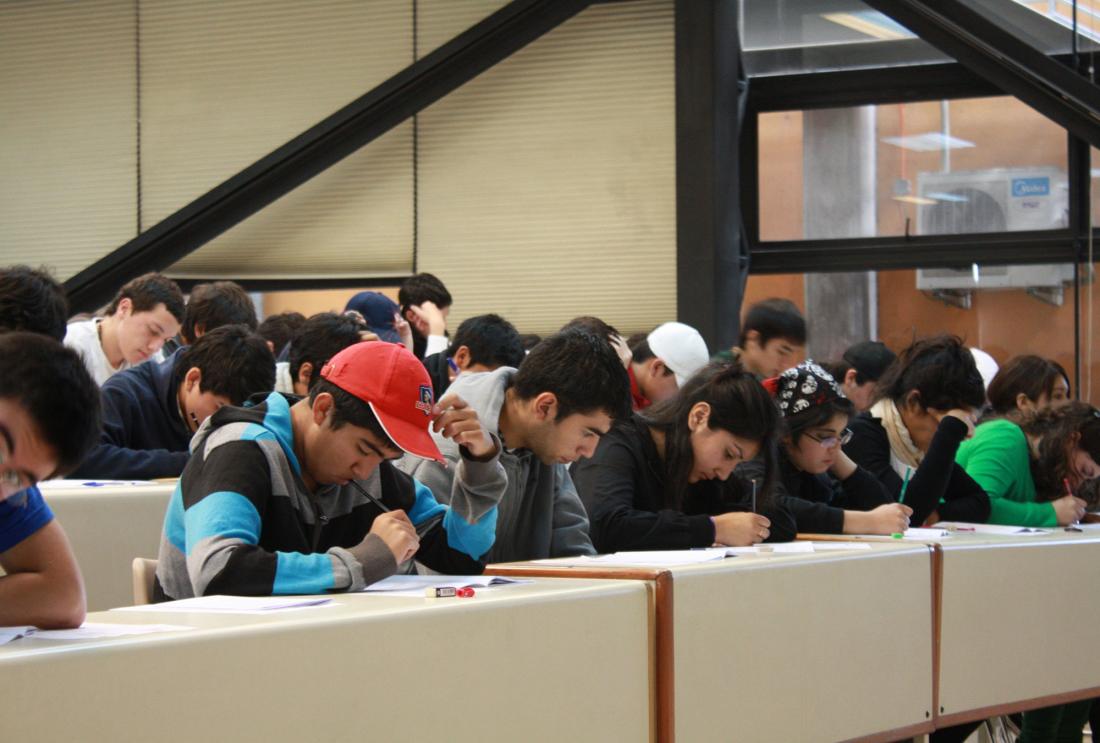Removing Higher Education Barriers of Entry: Test Training and Classroom Peer Effects in Chile
- Students
- Dropout and graduation
- Enrollment and attendance
- Training
In Chile, students who have the resources to pay for top-level test preparation programs often go on to be selected for the limited number of spots at high-quality universities. In an ongoing study, researchers are evaluating whether providing subsidized test preparation to high-achieving, low-income students can diminish the barriers to entry to institutions of higher education in Chile.
Policy issue
Inequality in access to higher education has become a pressing concern in low- and middle-income countries across Latin America. Many top universities rely on students' performance on entrance exams administered in the last year of secondary school to determine admissions and merit-based financial aid decisions. Given the importance of the test, the majority of students who can afford it spend several hours a week in after-school programs preparing for these final exams. Though after-school tutoring is common in all countries with a similar education system, the cost of tutoring programs may be higher than students of low socio-economic status can afford.
Context of the evaluation
In Chile, all students who plan to continue on into university studies must take a standardized test called the "Prueba de Seleccin Universitaria (PSU)" (University Selection Test). Students who have the resources to pay for top-level test preparation programs (known as preuniversitarios) often go on to be selected for the limited number of spots in high-quality universities. As is the case in many low- and middle-income countries, Chilean universities are heavily subsidized by the state, raising the possibility that students with the ability to invest in preuniversitarios are receiving considerable returns in the form of a subsidized university education.
The Universidad Catolica de Chile (PUC-Chile) runs a preuniversitario with intensive training programs intended to help student in the university application process. They offer courses on evenings and weekends specifically designed to prepare students to perform well on the national higher education entrance exam.

Details of the intervention
Researchers in Santiago, Chile set out to create a scholarship program with the capacity to provide subsidized test preparation to high-achieving, low-income students. The program will be implemented in conjunction with Preuniversitario UC, an organization linked with PUC-Chile that offers preparatory courses. Eligible applicants for the scholarship were required to 1) have high school grades of at least 5.5 on a scale to seven, and 2) be entering their final year of studies in a government-subsidized arts sciences high school in urban Santiago. All students applying for the scholarship were administered a sample university selection test (PSU) to evaluate baseline performance. Of the initial group of 1,116 eligible applicants, 488 were randomly selected to receive a 65 percent discount to attend one language course, one mathematics course, and an additional course of their choice (either history or science). Each course consists of two eighty-minute classes per week for a period of ten months. Members of the treatment group will be permitted to choose their preferred class time and location among three different Santiago branches of Preuniversitario UC. Students' scores on the officially administered PSU will be available in early 2011. In addition, the researchers will use administrative data to observe students' college entrance and graduation rates. The intervention is designed to provide analysis differentiating between entrance into professional schools, universities, and a subgroup of high-quality universities.
Results and policy lessons
Project ongoing; results forthcoming